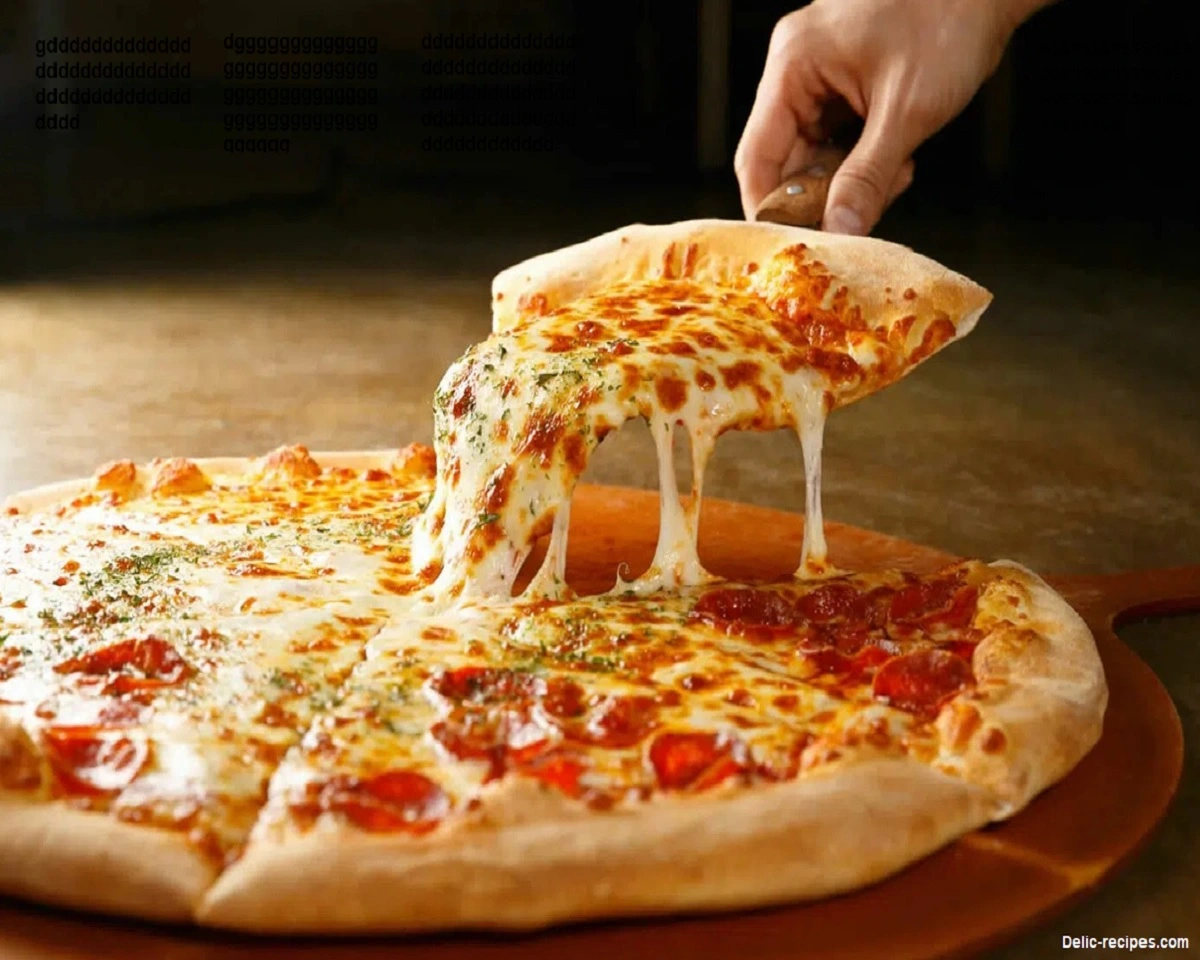Pizza is undoubtedly one of the most beloved and popular foods worldwide. Its delicious combination of flavors and versatility make it a go-to option for many people. However, concerns about its impact on health, particularly belly fat, have raised questions about whether pizza should be included in a healthy diet. In this article, we will explore the relationship between pizza and belly fat to help you make informed choices about your dietary habits.
Understanding Belly Fat
Before diving into the connection between pizza and belly fat, it’s essential to understand what belly fat is. Belly fat, also known as visceral fat, is the excess fat stored around the abdominal organs. Unlike subcutaneous fat, which lies just beneath the skin, visceral fat poses a greater risk to overall health as it surrounds vital organs like the liver, pancreas, and intestines.
Excessive belly fat has been associated with an increased risk of various health conditions, including type 2 diabetes, heart disease, and certain cancers. Therefore, it is crucial to maintain a healthy waistline and keep belly fat levels in check.
The Impact of Diet on Belly Fat
Diet plays a significant role in the accumulation and reduction of belly fat. Consuming a diet high in calories, unhealthy fats, and added sugars can contribute to weight gain and increased visceral fat deposition. On the other hand, a well-balanced diet rich in whole foods, lean proteins, fiber, and healthy fats can promote weight loss and help reduce belly fat.
The Nutritional Profile of Pizza
Pizza is typically made with a combination of dough, cheese, sauce, and various toppings. The nutritional profile of pizza can vary depending on the ingredients used and portion size. Generally, pizza is calorie-dense due to its carbohydrate and fat content.
A slice of pizza typically provides a significant amount of calories, saturated fats, and sodium. However, it can also offer essential nutrients such as protein, calcium, and certain vitamins and minerals, depending on the toppings. The key to enjoying pizza without compromising your health lies in moderation and making conscious choices about the ingredients.
Pizza and Belly Fat: Separating Fact from Fiction
The idea that pizza alone is solely responsible for causing belly fat is a misconception. It is the overall dietary pattern and lifestyle habits that contribute to weight gain and the accumulation of visceral fat. Eating pizza occasionally as part of a balanced diet is unlikely to directly lead to belly fat.
However, it’s important to be mindful of portion sizes and the frequency of consumption. Opting for healthier pizza options with whole wheat crust, lean protein, and a generous serving of vegetables can make a significant difference in its impact on your waistline.
Tips for Enjoying Pizza in a Healthy Way
- Mindful Portion Control: Limit your pizza intake to a reasonable portion size and avoid overeating.
- Choose Whole Wheat Crust: Opt for pizzas made with whole wheat crust, as it offers more fiber and nutrients compared to refined flour crusts.
- Load Up on Vegetables: Include a variety of colorful vegetables as pizza toppings to increase the nutrient content and add fiber to your meal.
- Opt for Lean Proteins: Choose lean protein sources like grilled chicken, shrimp, or tofu instead of high-fat meats like pepperoni or sausage.
- Homemade Pizza: Consider making your own pizza at home, using healthier ingredients and controlling the amount of cheese and oil used.
By following these tips, you can enjoy pizza while still maintaining a healthy diet and minimizing its impact on belly fat.
Conclusion
In conclusion, pizza itself is not inherently bad for belly fat. It’s the overall dietary pattern and lifestyle choices that matter the most. Moderation, portion control, and making healthier ingredient choices can help you enjoy pizza without negatively affecting your waistline. Remember to focus on a well-balanced diet and an active lifestyle to maintain a healthy weight and reduce the risk of belly fat-related health issues.
FAQs
1. Can I eat pizza if I want to lose belly fat?
Yes, you can include pizza in your diet while trying to lose belly fat. The key is moderation and making healthier choices in terms of portion sizes and ingredients.
2. Is thin-crust pizza a better option for belly fat?
Thin-crust pizza can be a better option as it typically contains fewer calories compared to thick-crust varieties. However, the overall nutritional profile also depends on the toppings and portion sizes.
3. Should I completely avoid pizza if I have belly fat?
There is no need to completely avoid pizza if you have belly fat. It’s more important to focus on overall dietary patterns, portion control, and lifestyle habits.
4. Are vegetarian pizzas healthier for belly fat?
Vegetarian pizzas can be a healthier option as they often contain more vegetables and less saturated fat compared to meat-heavy pizzas. However, it’s still essential to consider portion sizes and overall calorie intake.
5. Can exercise alone help reduce belly fat caused by pizza consumption?
Exercise plays a crucial role in overall weight management, including reducing belly fat. However, a balanced diet and healthy lifestyle habits are equally important to achieve optimal results.

